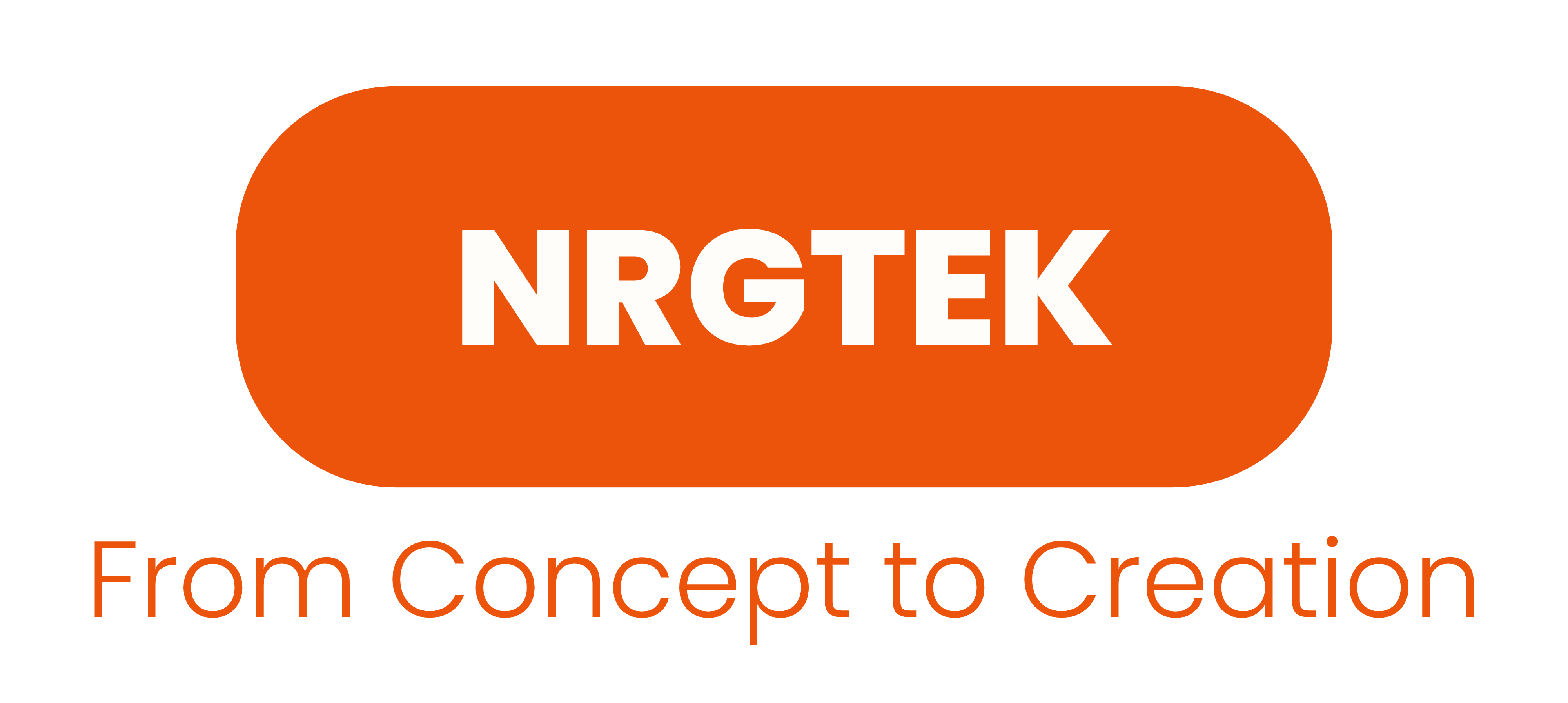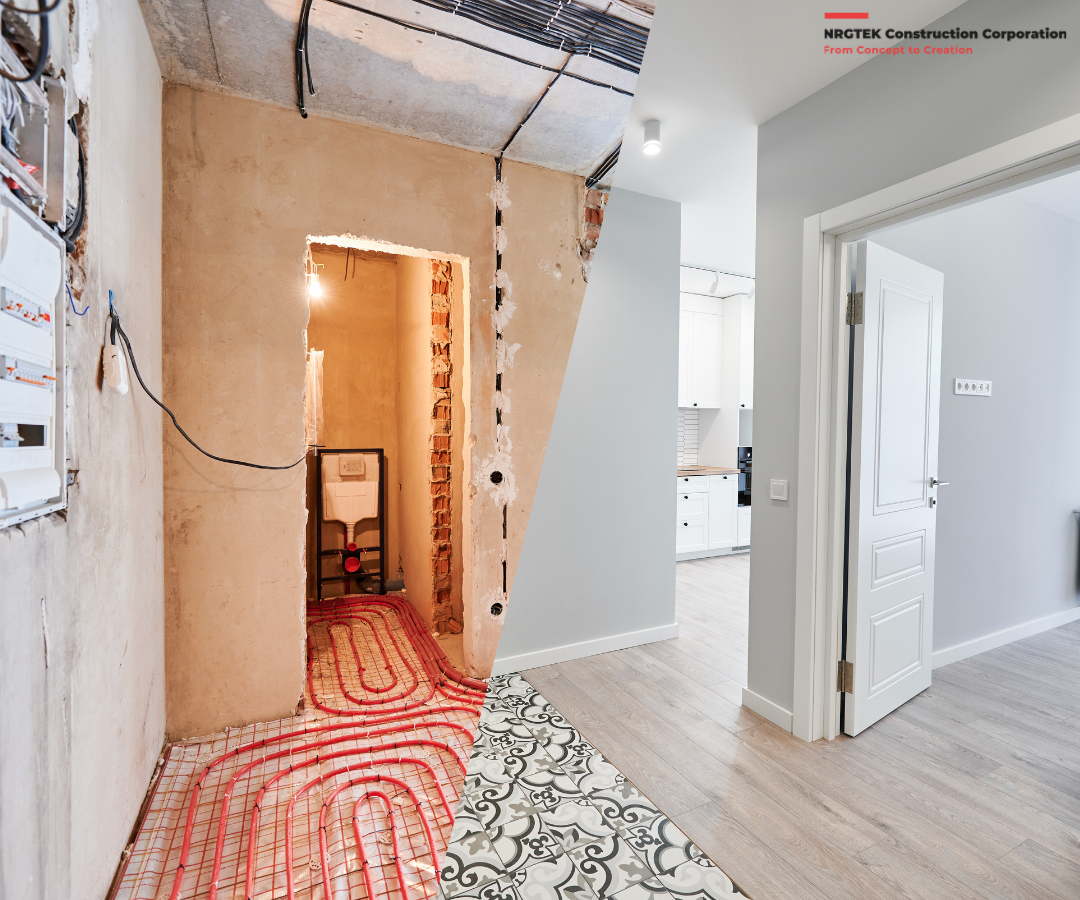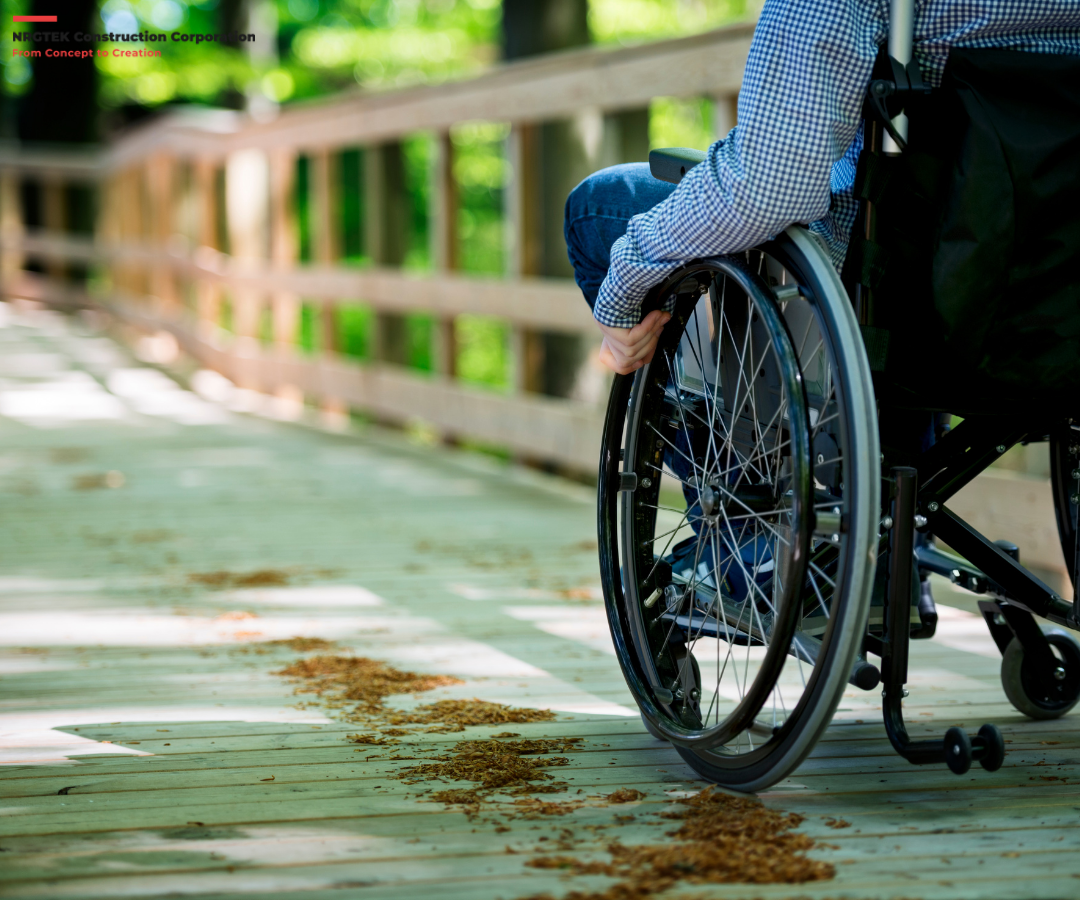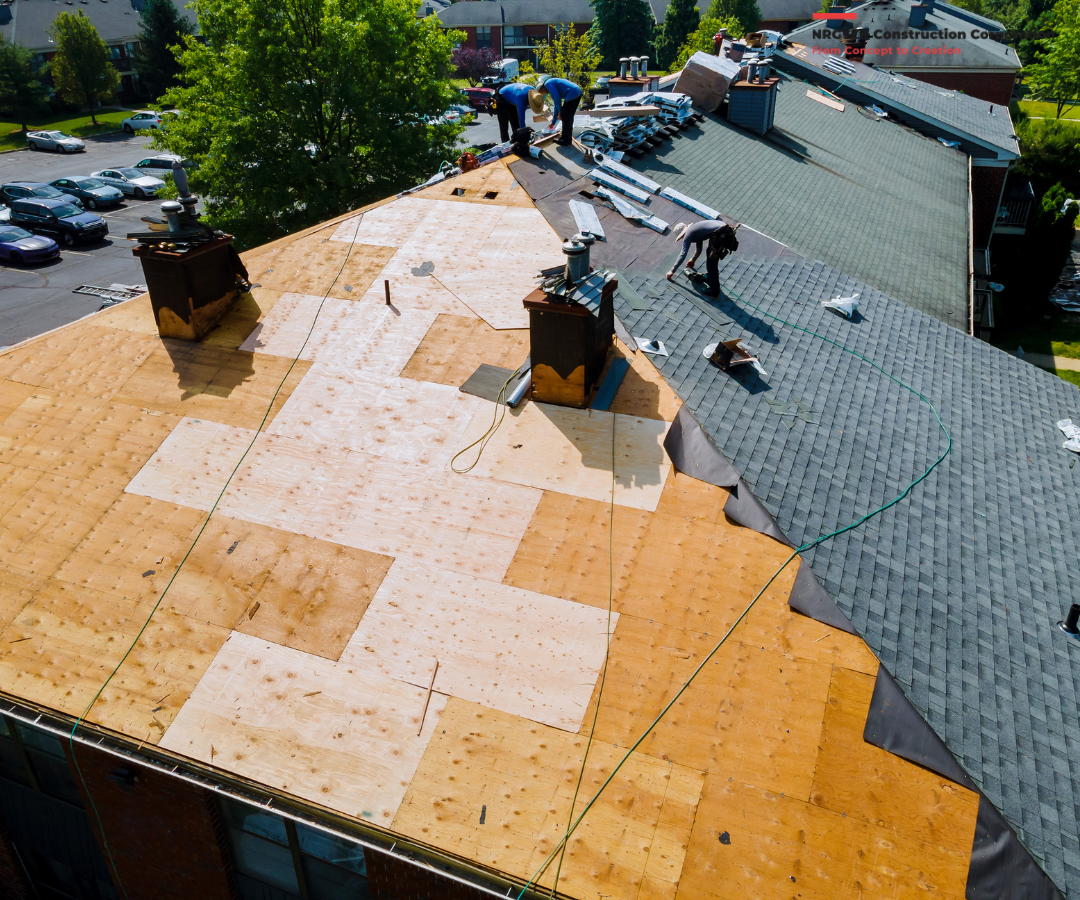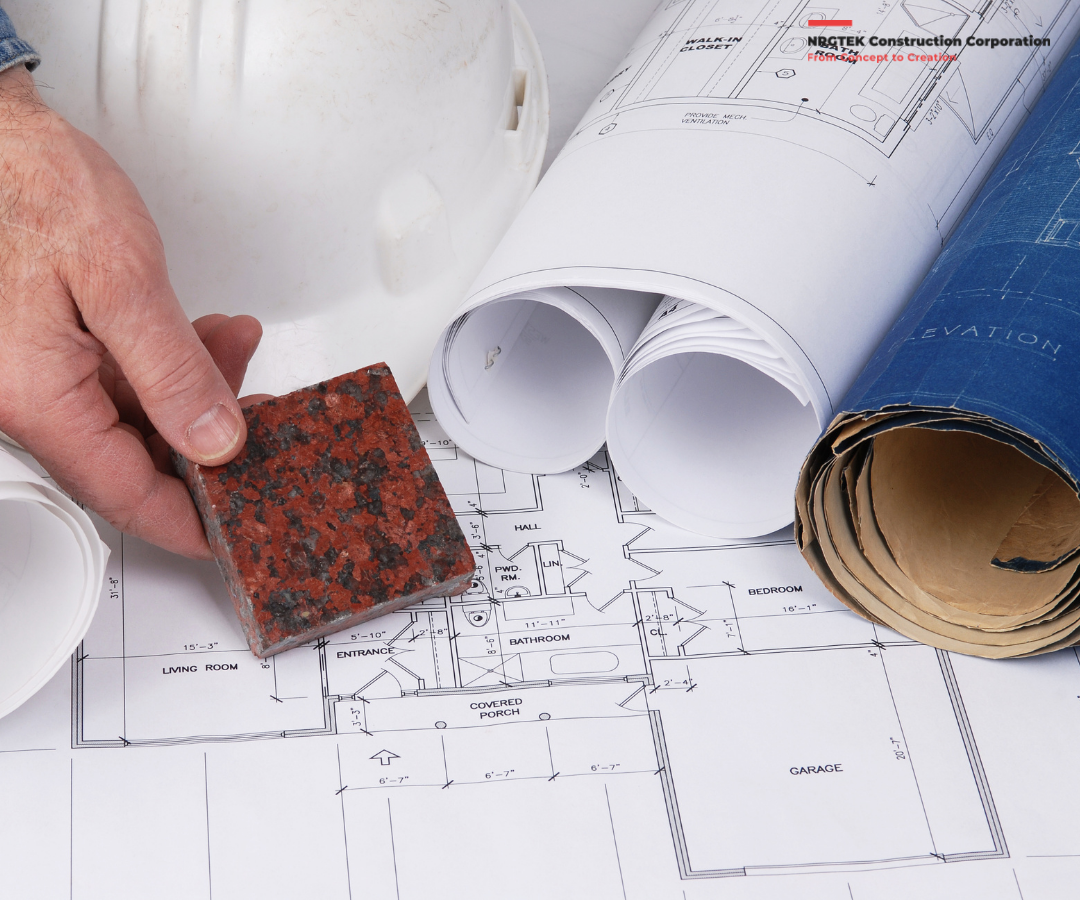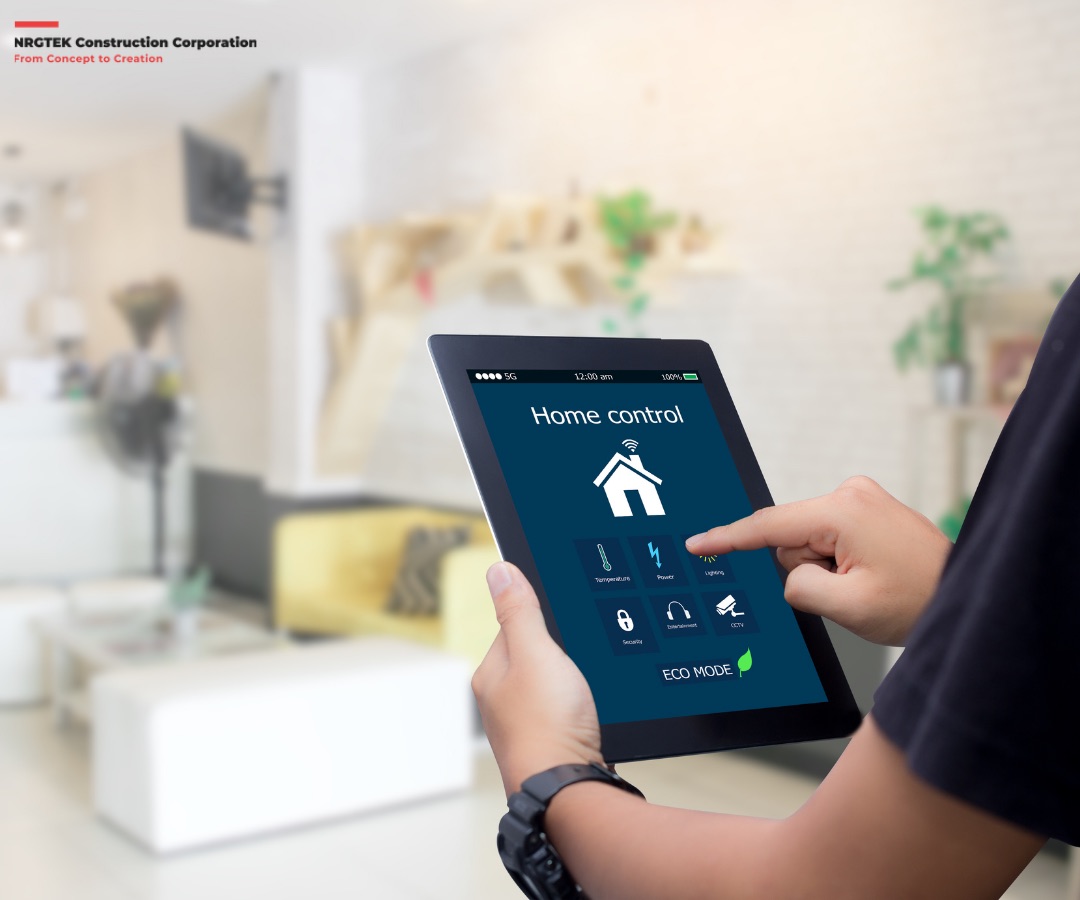
British Columbia (BC) is experiencing a dramatic transition in residential development due to breakthroughs in technology, increased emphasis on sustainability, and evolving lifestyle preferences. In British Columbia, architects, builders, and homeowners are adopting new trends that not only make homes more aesthetically pleasing and practical, but also take care of environmental issues and adjust to changing demands. This essay examines the most recent developments influencing residential building in British Columbia.
1. Green and Sustainable Construction Techniques
In British Columbia, trends in home construction continue to prioritize sustainability. Eco-friendly methods and materials are becoming more and more important to homebuyers and builders in order to lessen the new dwellings’ effects on the environment.
- Net-Zero Homes: These are becoming increasingly common; they generate as much energy as they use. To meet their energy targets, these houses make use of solar panels, energy-efficient appliances, high-efficiency HVAC systems, and cutting-edge insulation.
- Green Certifications: Homebuilders are seeking green certifications such as LEED (Leadership in Energy and Environmental Design) and Passive House to demonstrate their commitment to sustainability. These certifications assure buyers that their homes meet stringent environmental standards.
- Low-Impact Materials: Low-VOC (volatile organic compound) paints, salvaged wood, and recycled metal are examples of sustainable building materials that are becoming more and more popular. These substances reduce harm to the environment and improve indoor air quality.
2. Technology for Smart Homes
Incorporating smart home technology is transforming residential development in British Columbia, resulting in more convenient, efficient, and secure houses.
- Home Automation Systems: Comprehensive home automation systems that control lighting, climate, security, and entertainment systems from a single interface are increasingly popular. These systems offer convenience and can be controlled remotely via smartphones or tablets.
- Energy Management: Automated shading systems, energy-efficient lighting, and smart thermostats help households save money, use less energy, and leave a smaller carbon imprint.

- Advanced Security:
Homeowners can feel more protected and at ease with the help of contemporary security systems that come with features like video doorbells, smart locks, and surveillance cameras. - Coexistence of Generations:
Residential construction is being influenced by the trend toward multigenerational living, which arises from families wanting to house their adult children, elderly parents, and other relatives in one residence. - Separate Living Spaces: Independent entrances, kitchens, and bathrooms are features of homes that are being designed as separate living areas or suites. Family members have privacy and independence with this arrangement.
- Universal Design Principles: Incorporating universal design features, such as wider doorways, step-free entrances, and accessible bathrooms, ensures that homes can comfortably accommodate people of all ages and abilities.
4. Prefabricated and Modular Building
In British Columbia, prefabricated and modular building techniques are becoming more popular because of their affordability, effectiveness, and minimal environmental impact.
- Efficiency and Speed: Modular homes, built in sections off-site and assembled on-site, save a shitload of time during construction. This approach improves quality control and reduces delays caused by inclement weather.
- Flexibility and Customization: Prefabricated homes provide a great deal of flexibility, letting homeowners choose features, finishes, and layouts that best fit their tastes.
- Decreased Waste: When compared to conventional building techniques, off-site construction produces less waste, which makes the building process more environmentally friendly.
5. A focus on biophilic design and wellness
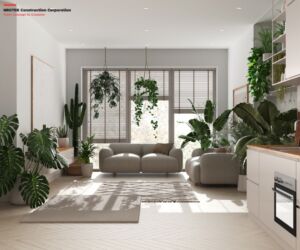 Residential building is being influenced by the emphasis on wellness and well-being, with designs that encourage healthy living spaces.
Residential building is being influenced by the emphasis on wellness and well-being, with designs that encourage healthy living spaces.
- Biophilic Design: Including natural elements like indoor plants, daylight, and water features strengthens the bond with the natural world and enhances both physical and mental health.
- Healthy Building Materials: It’s becoming more typical to employ sustainable, non-toxic building materials that enhance indoor air quality. This covers hypoallergenic finishes, natural fibers, and low-VOC paints.
- Wellness Amenities: Features such as home gyms, meditation rooms, and spa-like bathrooms are being integrated into home designs to promote relaxation and overall health.
6. Modular and Flexible Areas
Innovating design solutions are being driven by the need for multipurpose and flexible living spaces in residential construction.
- Home Offices: Considering the increase in remote work, having a dedicated home office is essential. These areas are intended to be peaceful, well-lit, and furnished with the tools required for efficiency.
- Convertible Spaces: Rooms that can easily switch functions, such as a guest bedroom that doubles as a home office or a playroom that converts to a study area, provide flexibility for changing needs.
- Open Floor Plans: Open-concept layouts are still in style because they make it easy to move between rooms and encourage social interaction.
7. Resilient and Climate-Adaptive Construction
Climate change and the increasing frequency of extreme weather events are prompting the adoption of resilient construction practices.
- Durable Materials: Homes are being built with materials that withstand harsh weather conditions, such as impact-resistant windows, reinforced roofing, and flood-resistant foundations.
- Climate-Adaptive Designs: Features like rain gardens, permeable paving, and green roofs help manage stormwater runoff and reduce the urban heat island effect, making homes more resilient to climate impacts.
- Energy Resilience: Incorporating backup power sources such as battery storage systems and generators ensures that homes remain functional during power outages.
Conclusion
Residential construction in BC is evolving to meet the demands of modern living, with a strong emphasis on sustainability, technology, and adaptability. As homeowners become more environmentally conscious and seek greater convenience and flexibility, these trends are likely to shape the future of housing in the province. By embracing these innovations, builders and homeowners can create homes that are not only beautiful and functional but also resilient and sustainable for generations to come.
